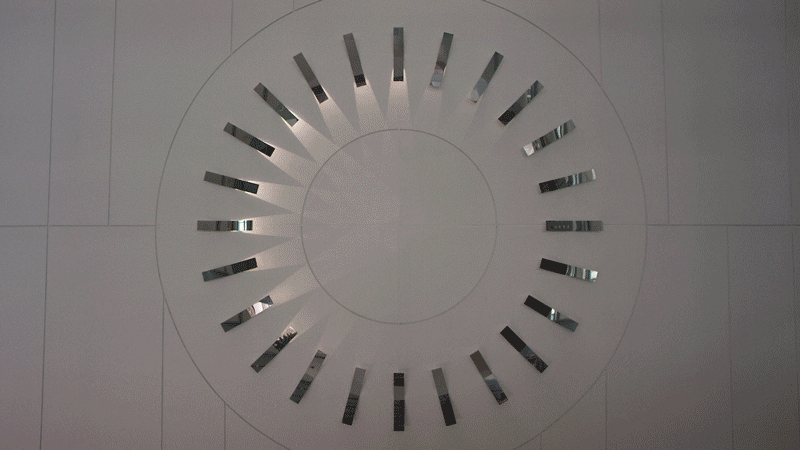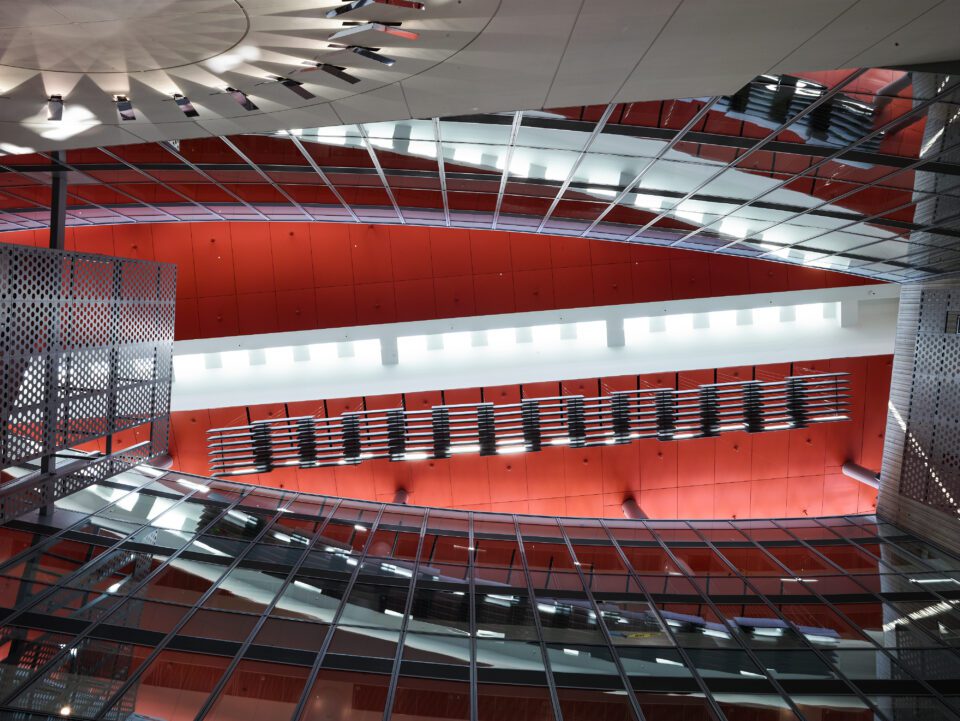The drive to offset our climate footprint has never been more vital. Whilst public awareness toward plastic use, non-biodegradable materials and the benefits of plant-based diets is rightfully changing consumer behaviours, any practical chance for change must come from big business. In 2017, it was reported that just 100 companies are responsible for 71% of global emissions, but a new energy conscious headquarters are doing their part to tackle this.

The new campus building from US biotech company United Therapeutics (Unither) is entirely self-sufficient, offsetting the energy it uses with the renewable energy it generates onsite whilst facilitating and meeting the medical needs of patients with chronic or life-threatening conditions.
The project was made possible by US design agency HUSH and architect Ewing Cole, whose work occupies an intersection between digital technology and physical space. In past works, HUSH turned real-time data from Instagram into a three-dimensional audio-visual experience for the social media company’s San Francisco offices. They also realised the vision of architect Zaha Hadid (1950-2016), working on the design for her first New York City residential property – the Zaha Hadid Sales Gallery, an exhibition and sales space.
United Therapeutics has created one of the largest commercial site net-zero structures in the US – a building that lives and breathes alongside those who occupy it. HUSH designed a series of digital, physical, artistic and informational installations which are embedded into the building’s interior, encouraging staff to interact with the surroundings and customise its specifications. Its centerpiece is an expansive, digital sundial created from reflective metal shards. It translates real-time eco-data into rays of light, moving inward and outward depending on how much energy is being consumed at any one time.

This sculpture is accompanied by a high-resolution, touch screen interface that dissects the data, systems and energy information into easy to consume statistics. As users begin to understand this interface, further integration is naturally encouraged, allowing for greater insight into their historical and potential future performance.
Find out more here.
Lead image courtesy of: Nicholas Cope





